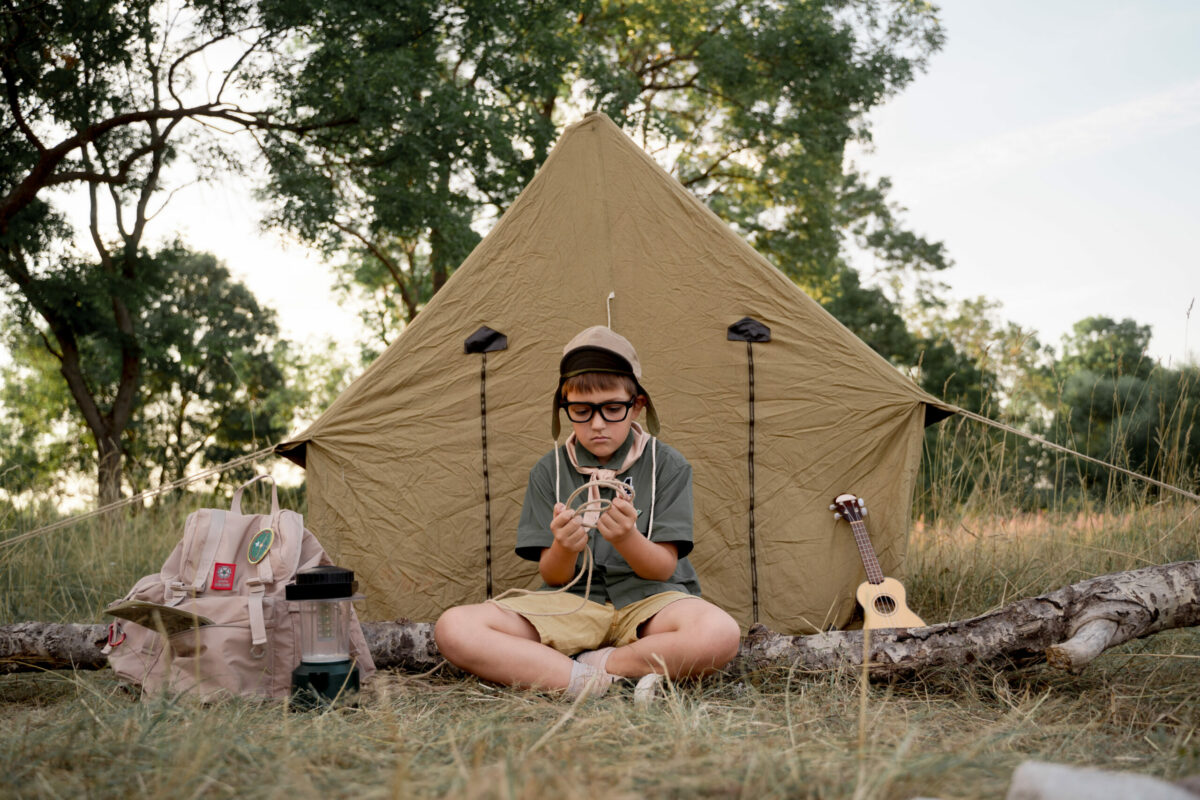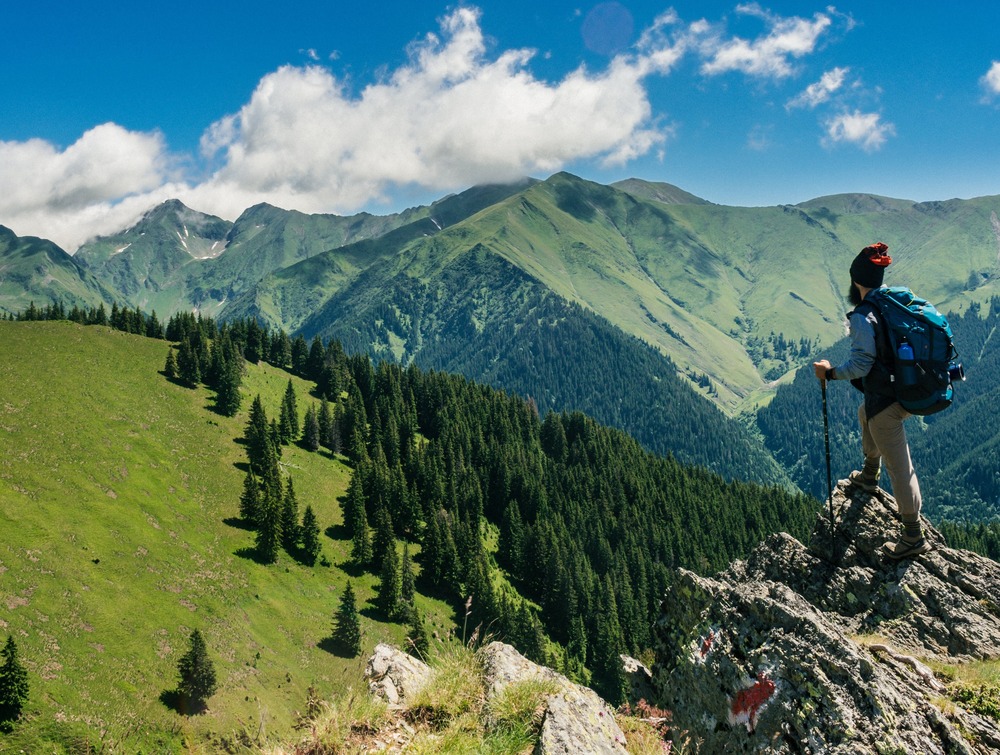Camping knots are important for a variety of reasons. They not only keep your tent from blowing away, but they also help you to set up camp more efficiently, great for securing your tent or hammock. There are many different knots that have been developed over the years for different purposes and materials. There are many different camping knots that can be used in a variety of situations.
In order to be prepared for all types of situations while camping or hiking, it is important to know how to tie different knots. There are many different kinds of knots that you can learn how to tie. So, let us take a look at Basic Camping Knots You Should Learn. Let`s get started.

The following six knots below are basic camping knots you should learn and are the most important for everyday use.
The clove hitch
A clove hitch is a knot that can be used to attach a rope to a pole or other object. It is an easy knot to tie, and easy to untie. The clove hitch is most commonly and usefully employed in the context of camping and hiking, where the rope is used as either a fixed point or as part of a pulley system.
The clove hitch has many other uses, such as attaching one end of a rope to another and then tying them together using the same knot, or tying two ropes together in order to make them act like one thicker rope.
The Taut-line Hitch
The taut-line hitch is an effective knot for securing a line to an object or stake. It is commonly used to secure guy lines on tents and tarps when there isn’t enough time or need to tie a more complicated knot.
The Bowline Knot
The bowline knot is one of the best-known camping knots because it is very easy to tie, and it can be used in many different ways.
The bowline is very well-known as a rescue knot for such things like rescuing people who might have fallen down a hole, or fallen off of a cliff onto a ledge. This knot is very useful in such situations because it is possible to tie with one hand.
The Square Knot
The square knot, (also known as Reef Knot) This knot can be used to tie two ropes together by tying them in a series of square knots.
The Square Knot can also be used as an alternative method for securing one rope end around another rope’s standing end – particularly when using thin ropes or cordage.
The Fisherman’s Knot
The fisherman`s knot is used to tie a line to another object or stake. The knot can also be used for tying a line off of something, for instance, when your rock climbing or kayaking.
It is a popular load-bearing knot that can sustain weights over 4,000 pounds. If you are a bit nervous about tying your hammock with a certain knot, use this one to make you feel secure.
Slip Knot
The slip knot can be used with lines of different diameters, in order to allow one person to hold the line and another person to work the line.
The slip knot has many practical uses and can be used for everything from tying together two pieces of cordage to form a loop, to securing items like tarps and camping equipment.

Camping is one of the most popular outdoor activities. It is not just about getting out and enjoying nature. Camping also provides a place to sleep, cook, and eat while being away from home.
The knots above that you can learn are the most basic ones that are used for camping. These knots will come in handy when you need to set up your tent, hammock or tie something from a tree.
Camping knots are a great way to keep your gear secured and prevent it from getting lost. They also provide protection from the elements and help you stay safe in the wild.
There are many types of camping knots that can be used for different purposes. Knots are a vital part of camping and hiking because they can be used in emergency situations.
There are many different types of knots that you can use while camping or hiking. Some of these include: the taut-line hitch, bowline knot, figure-eight loop knot, clove hitch knot, butterfly loop knot, and the constrictor knot.
Knots are the most basic of skills for any camper, hiker, or survivalist. They can be used to tie down tarps and tents, to secure a load on a pack animal or as a temporary rope replacement. They can be as simple or complex as needed for the situation at hand.
Campers and hikers need to know how to tie knots for various purposes such as, hanging food from trees away from bears, or building a makeshift stretcher from a poncho or tarp.
How To Build a Makeshift Emergency Stretcher
How To Make Grass Rope
Conclusion
Camping knots are a set of knots that have been traditionally used for camping, hiking, and other outdoor activities. There are many different types of knots that you can use while camping or hiking.
Camping knots are the most important knot when you go into the outdoors and whatever you are going to do. They are used to tie down your tent, tie your backpack to a tree or even as a makeshift clothes line.
There are many different types of knots and they all have their own specific uses. Happy adventuring and be safe.


